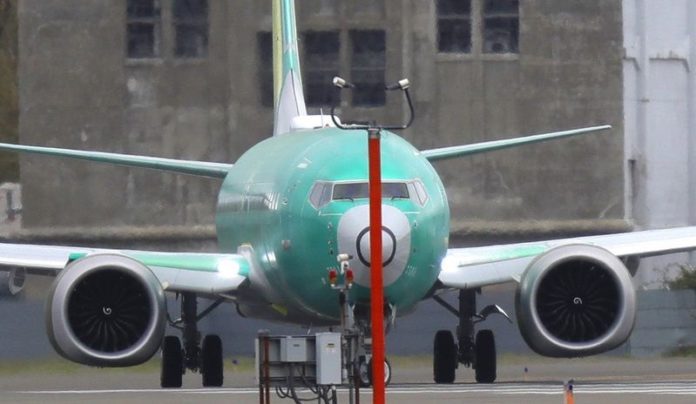The International Civil Aviation Organization (ICAO), the United Nations’ aviation agency, said this week that global air traffic could drop by up to 1.2 billion passengers by September of this year.
That’s a dramatic dropoff in less than nine months of air travel, but that’s what the coronavirus global pandemic has wrought on the airline and travel industry.
estimated that international travel could drop by as much as two-thirds from previous forecasts for the first three quarters of 2020. Even if the virus subsides, ICAO believes that demand will continue to wane as fliers stay leery of the effects of the sickness.
Airlines have seen a drop of nearly 90 percent of customers since the virus first started spreading globally back in January and February.
“As overall severity and duration of the pandemic are still uncertain, ICAO has developed six different recovery paths under two indicative scenarios to explore the potential short-term economic implication of COVID-19 pandemic,” ICAO Secretary General Fang Liu said in a message to representatives of ICAO’s member states.
ICAO used two models to determine its estimates according to Business World. Under a V-shaped path (a first sign of recovery in late May), there could be an overall reduction ranging from 41 to 56 percent of seats offered by airlines and an overall reduction of 705 to 963 million passengers. That could lead to a loss of anywhere between $160 billion to $218 billion for all airlines.
Under a U-shaped path (a restart in third quarter or later), there could be overall reduction ranging from 57 to 67 percent

























